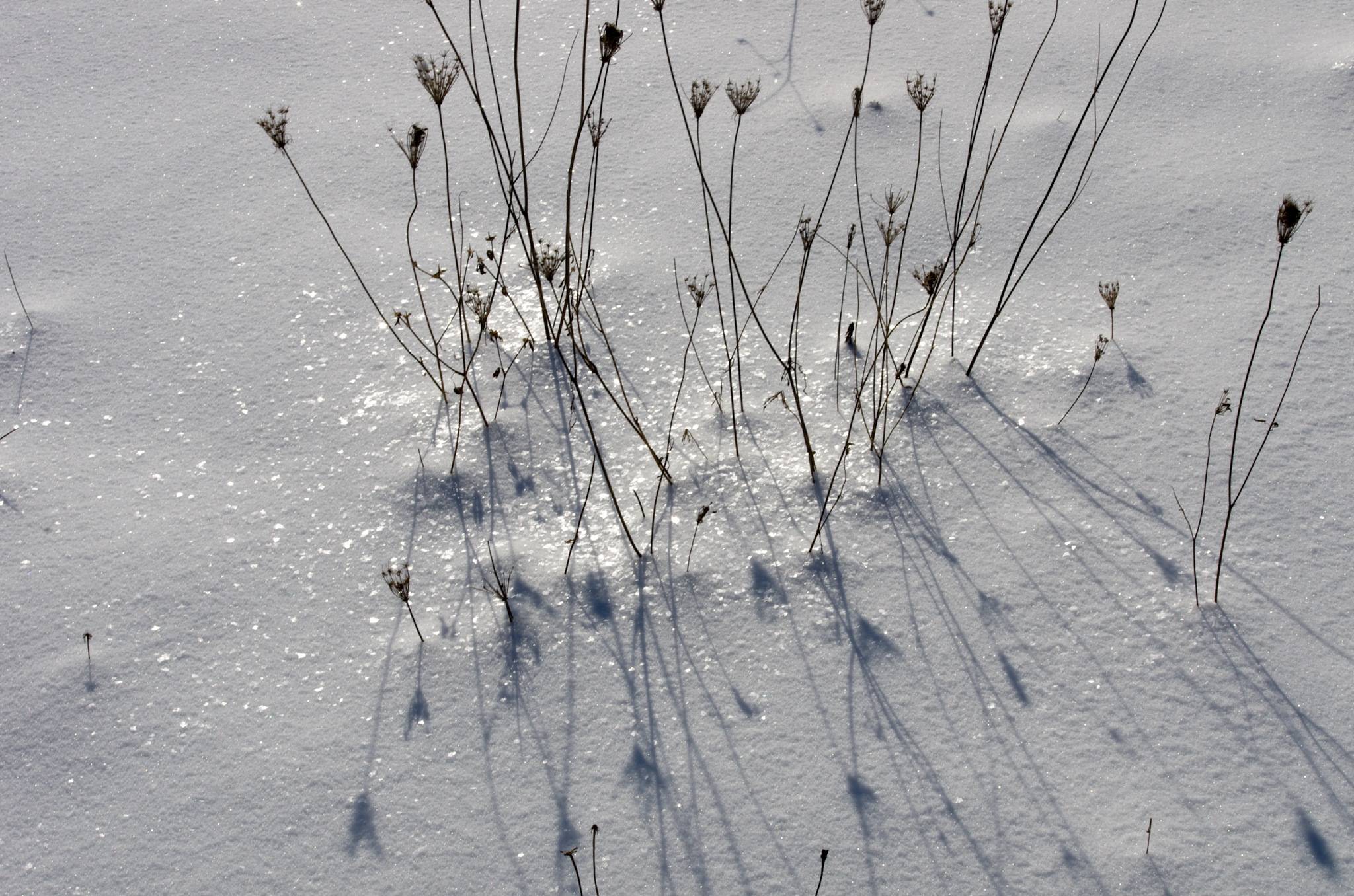Take video instead.
A sparkling effect is inherently time-dependent, with tiny points of light appearing and disappearing with even the tiniest bit of motion. A few seconds of video would convey that better than a single fixed image. The same is true for stars, which just don't twinkle in a static image.
Maximize depth of field.
There are a lot of little orange, blue, and yellow blobs in your sample photo that probably looked like sparkles to you, but which ended up out of focus and so look like tiny bokeh balls instead of sparkly points. Very wide lenses are great for increasing DOF. Use a small aperture (high f-number). If shooting with a long lens, choose a small subject rather than a whole landscape, and put some distance between the camera and subject. Focus stacking could also help.
Use a tripod and a longer exposure.
I agree with the answers that say motion enhances sparkles, but you can't very well move the camera. But air is almost always moving at least a little, enough to move branches and cause some sparkling even when you stand very still. A longer exposure will give you a better chance to catch more of those sparkles.
Timing is almost everything.
The sparkliest time is when the sun comes out and starts to melt things, so you get lots of little water droplets and lots of motion. The morning sun after an ice storm is the best, and I'm not the only one who thinks so:
...Often you must have seen them
Loaded with ice a sunny winter morning
After a rain. They click upon themselves
As the breeze rises, and turn many-colored
As the stir cracks and crazes their enamel.
Soon the sun's warmth makes them shed crystal shells
Shattering and avalanching on the snow-crust—
Such heaps of broken glass to sweep away
You'd think the inner dome of heaven had fallen...
-Robert Frost, from "Birches"





